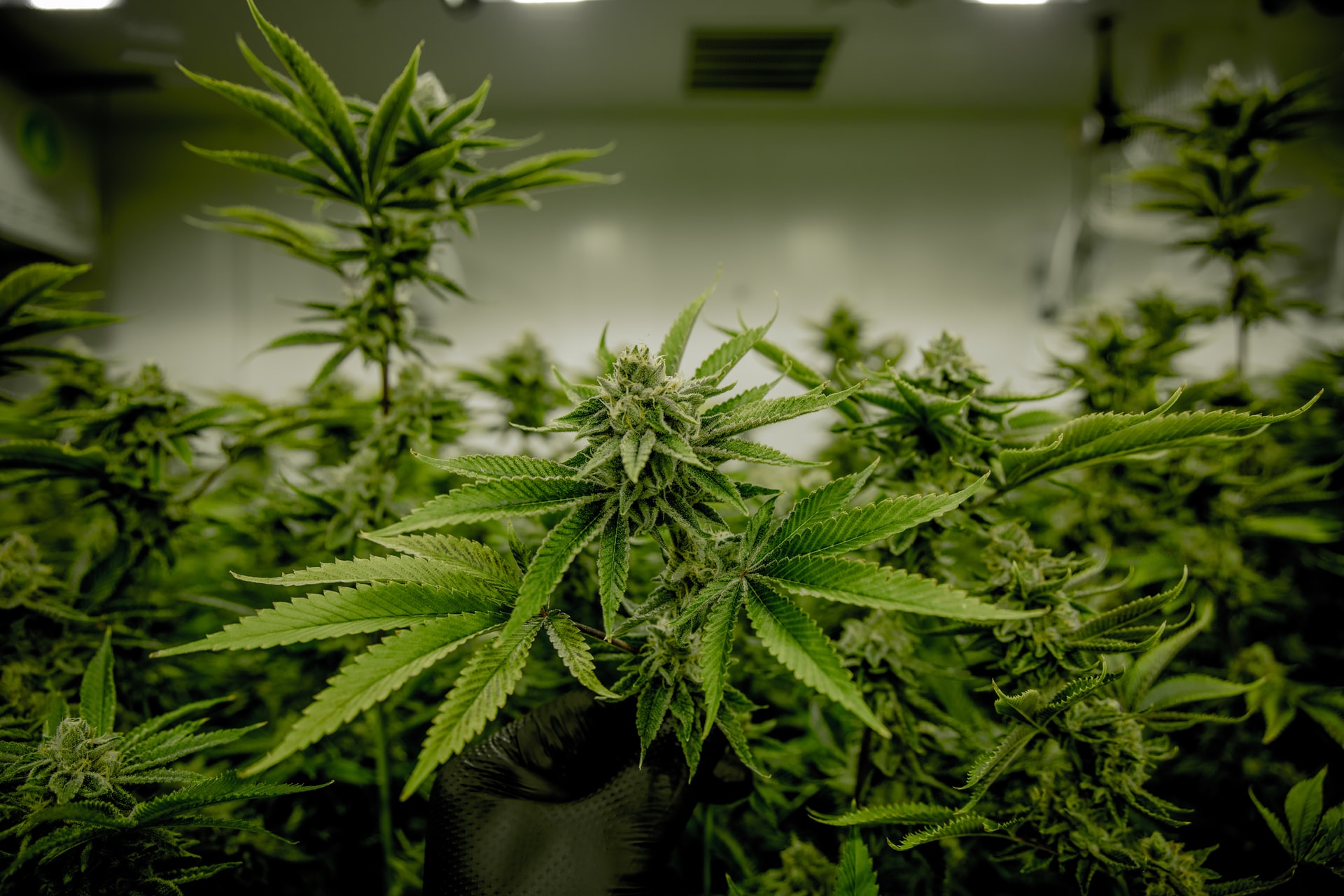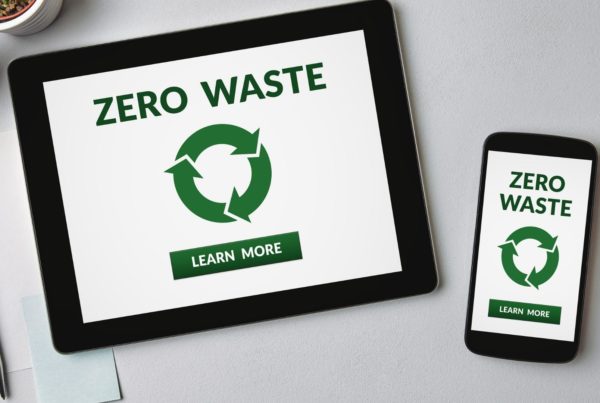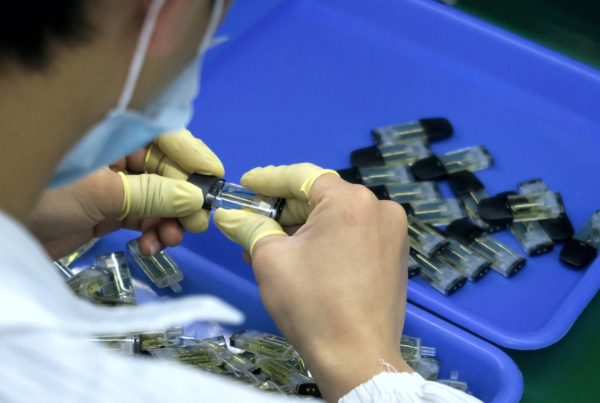Marijuana has evolved in recent years from a forbidden herb into a thriving above-board industry, but this burgeoning green empire may come with a significant environmental cost. As more cultivation facilities pop up from California to Maine, researchers are now starting to take a look at the pollution being emitted as well as the larger impact on our planet.
The Link Between Cannabis Production & Pollution
Colorado was the first state to legalize adult-use marijuana in 2012, and Denver alone is home to more than 600 cultivation facilities. As such, the ecological impact of cannabis production has proven more readily observable here than in most parts of the nation. Much of the environmental research into cannabis cultivation has been conducted in the Denver area, and the findings we have so far are quite telling.
William Vizuete, associate professor at the University of North Carolina’s Gillings School of Public Health, has been developing a proprietary air quality model to better understand the atmospheric impact of commercial cannabis cultivation. Along with researchers from the University of Colorado Boulder and England’s Lancaster Environment Centre, Vizuete carried out a study examining the role of volatile organic compounds (VOCs) and other cannabis-derived pollutants.
The researchers grew four popular strains of cannabis—Critical Mass, Elephant Purple, Lemon Wheel, and Rockstar Kush—inside of an enclosed chamber over the course of a 90-day growing cycle. The purpose was to measure the quantity of terpenes released and then calculate their emission potential in a full-scale outdoor grow. Assuming an average of 10,000 plants per cultivation facility, the researchers concluded that the cannabis market can more than double the existing rate of volatile organic compounds and produce more than 2,000 metric tons of ozone per year.
These are just general figures based on the experiment. The total environmental impact of cannabis production pollution can vary depending on the local climate, the number of plants, and even the strains that are grown. In addition, the researchers contend that the actual emissions may be much higher in commercial facilities that are optimized for rapid growth conditions.
Why VOCs Are at the Heart of Cannabis Production Pollution
The majority of the environmental impact (not accounting for water and electricity use) comes from those volatile organic compounds—but you probably know them better as terpenes.
Terpenes are the aromatic plant oils that give marijuana its signature aromas, whether your strain happens to be piney, citrusy, earthy, or woody. Terpenes are also believed to influence the effects of marijuana as they work in concert with the various cannabinoids like THC and CBD. These oils aren’t just found in marijuana; they’re found in all types of plant life. If you’ve ever enjoyed the smell of a pine tree or even relaxed with essential oils, you’ve benefited from terpenes.
But terpenes have a dark side too. Namely, they’re a form of volatile organic compound, chemicals that emit potentially harmful gases—especially when they’re present in large doses. These gases react with other pollutants in the atmosphere to create ground-level ozone, an unstable toxic gas that ravages local ecosystems. The researchers noted that Denver is especially vulnerable to the ozone-creating effects of terpenes due to the unique high-desert environment where few other VOCs are present. Elevated ozone in the environment may contribute to chest pain, respiratory difficulties, stinging eyes and throat, and other health issues.
Volatile organic compounds can also damage the ozone layer in the upper atmosphere, leaving us more vulnerable to the sun’s harmful UV rays. High concentrations of VOCs may also contribute to a number of health issues including respiratory irritation, liver damage, and even cancer.
How to Reduce the Ecological Impact of Cannabis Production
When it comes to growing eco-friendly marijuana, there are no easy solutions. Most businesses focus on energy and water conservation, but these steps—while admirable—do nothing to reduce volatile organic compound emissions from the cannabis itself. To minimize cannabis production pollution, you typically need a three-pronged approach: containment, filtration, and waste control.
Containment
Some businesses are getting inventive when it comes to cannabis environmental control. Canivate Growing Systems Ltd., a Vancouver-based technology company, has been working to develop the ultimate eco-friendly cultivation facility in California. In addition to relying on automation, robotics, and organic cultivation technologies, the facility boasts the industry’s first fully sealed growing environment.
Not only does this mean fewer pests and contaminants, but it prevents volatile organic compounds from being released into the environment. Some indoor grow facilities already offer varying levels of enclosure, but sealed growing spaces are more effective for pollution prevention.
Filtration
To further reduce the potential for pollution, all indoor grow facilities should be equipped with a high-quality carbon filtration system. The filter should have a high VOC removal efficiency and should be replaced regularly for maximum efficiency.
While outdoor grow facilities are much harder to control from an environmental standpoint, the good news is that these types of facilities appear to have less of an environmental impact. Ozone levels are most likely to spike in the kinds of dry, barren, urban environments where indoor facilities are necessary.
Climates that lend themselves to outdoor facilities (like California’s Emerald Triangle) are already rich in natural plant terpenes and VOCs and are less likely to register a noticeable environmental impact. For these types of grow facilities, growers are better-suited to focus their environmental efforts on water conservation (as outdoor grows tend to have devastatingly high water demands).
Waste Control
Finally, one of the most important things that growers can do for the purpose of pollution mitigation is to work with an eco-friendly cannabis waste management provider. Cannabis emits VOCs throughout its entire life cycle, and not just during the grow phase, and your waste disposal partner can help you to control and reduce those emissions.
At GAIACA, we provide cannabis businesses with HAZMAT-quality, UN-rated drums for safe and easy waste accumulation on-site. These drums are airtight and non-reactive to lock volatile compounds and odors inside. We even use biodegradable inner-bag liners for added protection and cleanliness.
The Importance of Preventing Cannabis Pollution
We’ve already established that cannabis pollution is bad for the environment, but if you’re a cannabis business owner, there are additional reasons why you should take steps to minimize pollution.
- Research shows that more than 80% of consumers admire businesses that adopt eco-friendly practices, so going green can benefit your bottom line in a big way.
- Minimizing pollution will help you to remain in compliance with local, state, and federal air quality regulations, thus sparing you from costly fines and penalties.
- Eco-friendly practices help to preserve the health and well-being of everyone in your facility.
Going green with your canna-business doesn’t have to be expensive. It just takes a committed, proactive approach.






